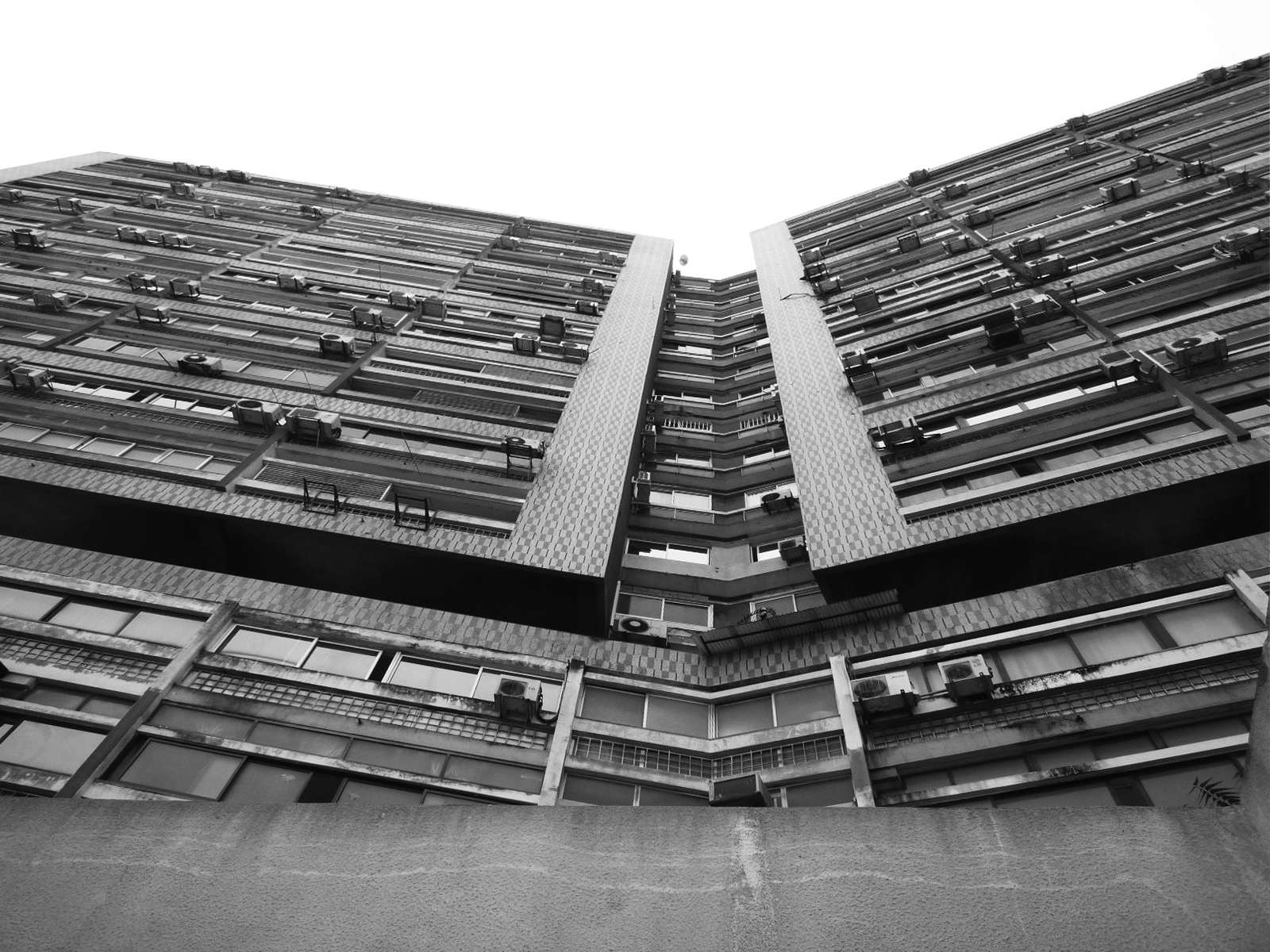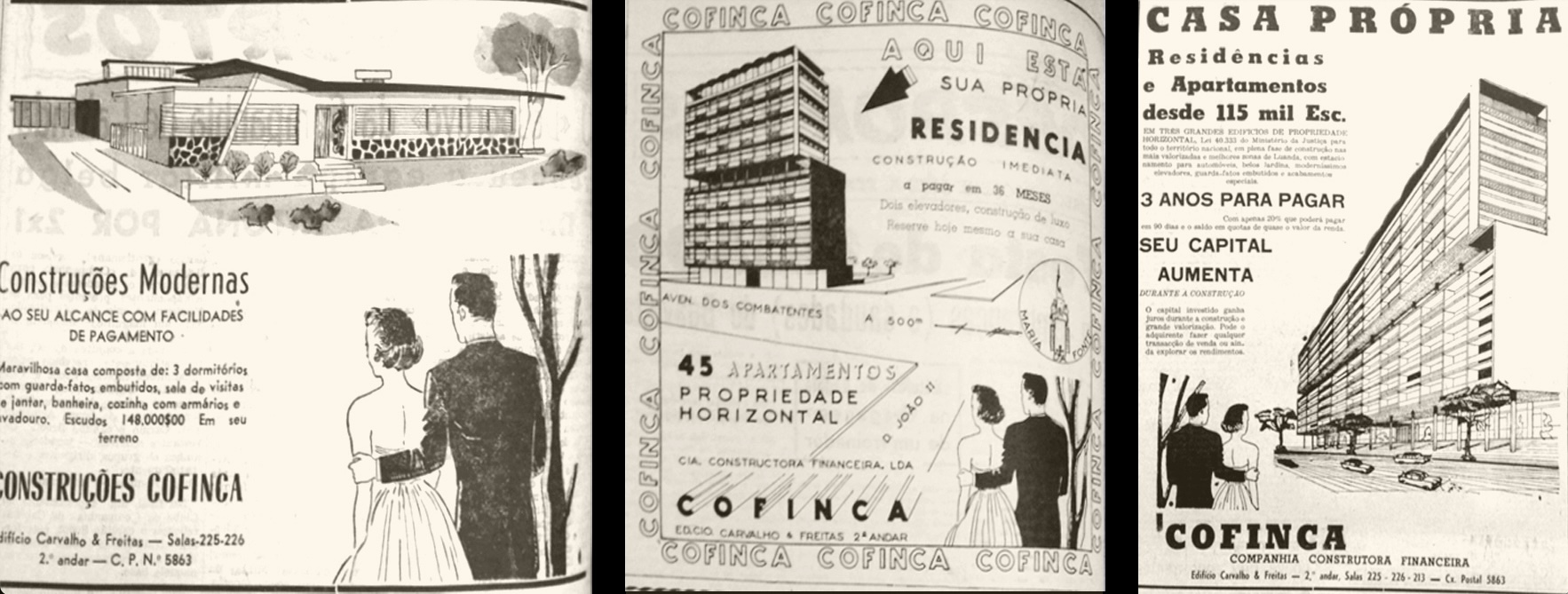Communication / Proceedings
Large construction companies in the widespread of modern housing. A comparative analysis between Lisbon and Luanda
Event: 8th International Congress on Construction History
Authors: Inês Lima Rodrigues, Francesca Vita
Date: 24 – 28 June 2024
Location: Zurich, Switzerland


Summary
From the late 1950s, Lisbon and Luanda experienced an exponential population growth that intensified with the outbreak of the colonial war (1961–1975), with the independence of the colonies under Portuguese rule and the end of the dictatorship in 1975. Due to the inefficiency of the public apparatus in responding to the housing crisis and providing different “housing for many people”, the state encouraged the private market (construction companies, cooperatives, developers, investors, etc.) to support the demand for housing in Lisbon and Luanda. The result was a boom in the construction industry, mainly through standardized high-rise buildings, which promoted access to the “home of one’s own” and promised a modern and mechanized lifestyle in central and peripheral locations for the emerging middle class. The role of medium-sized and large construction companies in the spread of modern housing was crucial in both Lisbon and Luanda. The construction companies not only provided the know-how to build quickly and with good quality, but they were also agents in the promotion of a new way of life, in the exchange of expertise and constructive references between Lisbon and Luanda and in the mobilization of different actors (public and private) in the making of the modern city.
Click here for more information.

